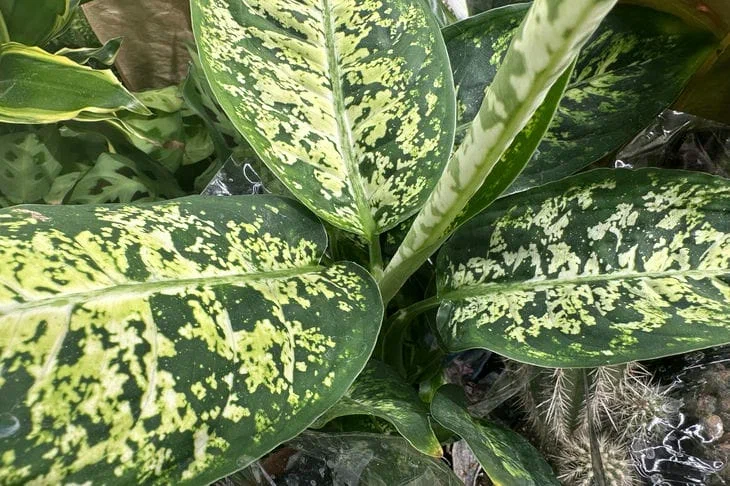Imagine: in an hour you are leaving for a long-awaited vacation, but suddenly you remember - who will take care of the ficus or orchid?
I don’t want to ask my neighbors, but trusting the keys to my apartment to people I barely know is risky.
The solution to this puzzle lies in tiny transparent balls that have been saving plants around the world for decades.

Back in the mid-20th century, Soviet scientists created aquagrunt, a material capable of retaining moisture for months. Today, its descendants, known as hydrogel spheres, are sold in every other store.
These elastic capsules resemble beads when dry, but when in contact with water they increase in size tens of times, turning into mini-reservoirs.
The mechanism of operation is simple: the gel absorbs liquid, then gradually releases it to the plant roots.
One sphere can feed a flower for up to three weeks, depending on the size and needs of the green pet.
For cacti, a handful of balls is enough, and moisture-loving ferns will need to fill a third of the pot with them.
Surprisingly, the technology, originally developed for agriculture, is ideal for indoor plants.
In arid regions, hydrogel is added to the soil when creating lawns or golf courses - it maintains moisture balance for years without human intervention.
Before leaving, it is enough to soak the spheres for a couple of hours, mix them with soil and water the flowers one last time.
Gel assistants will supply the roots with water in measured doses, preventing both drying out and rotting. Upon return, the balls are washed, dried and put away until the next trip.
In addition to its practical benefits, aqua soil has become a fashionable decoration. Multi-colored spheres are laid out on top of the soil, creating bright compositions, or used instead of water in transparent vases with cut flowers.
Some gardeners germinate seeds in them, observing the development of the root system through the walls of glass containers.
The service life of such "invisible gardeners" reaches five years. They do not lose their properties after repeated use, and accidentally scattered balls are easy to collect with a vacuum cleaner.
The main thing is to keep them out of the reach of children and animals: the bright capsules are sometimes mistaken for candy.
